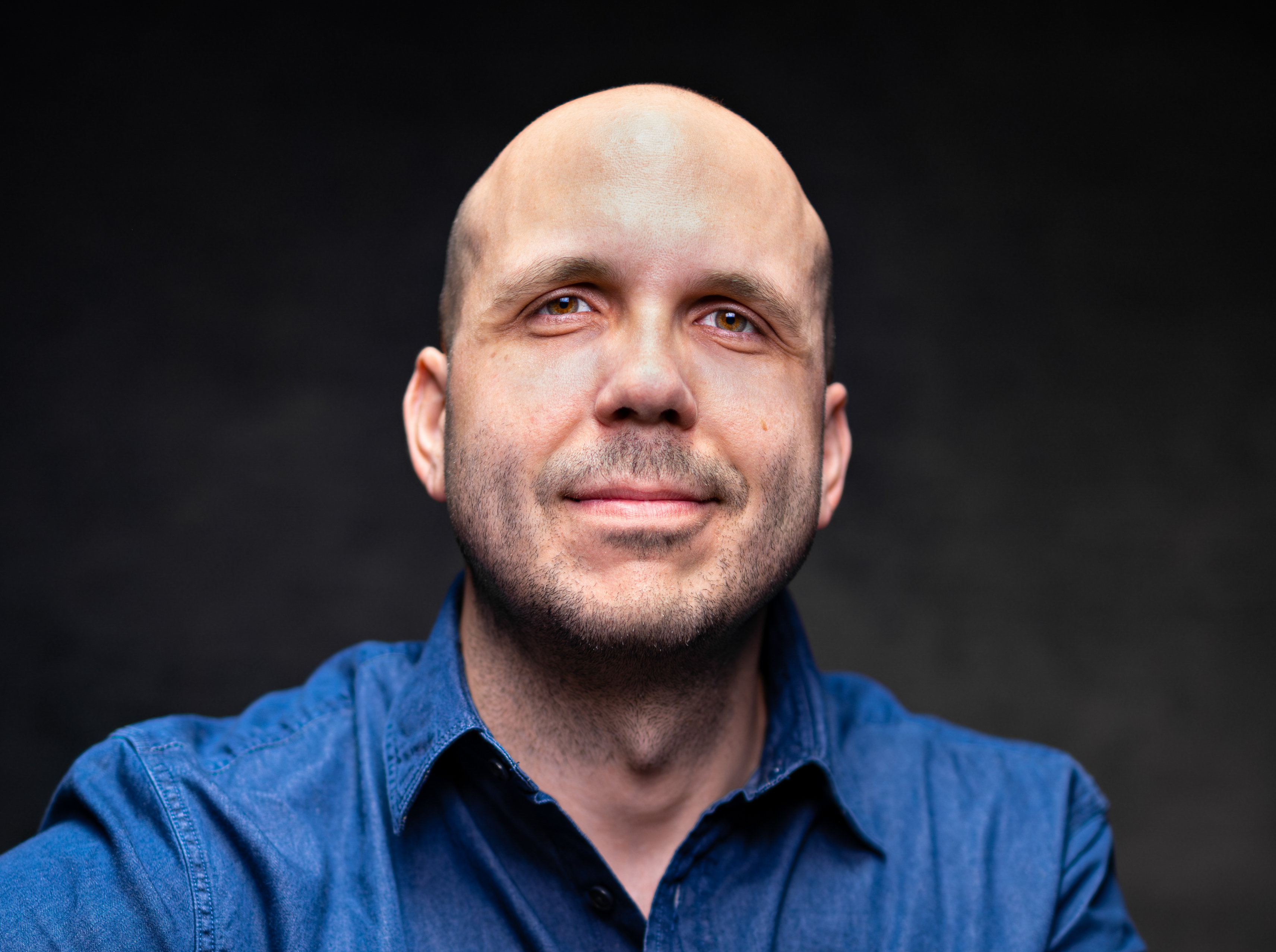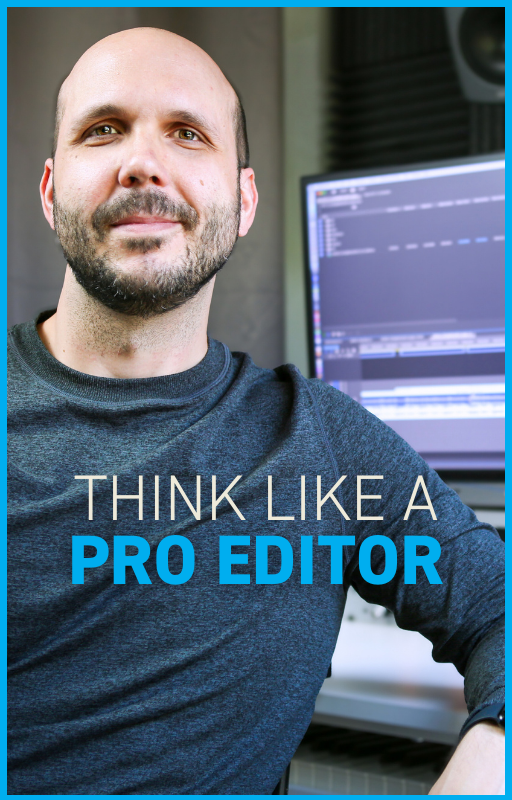Why Pro Video Editors Allow Continuity Mistakes
Feb 15, 2025Continuity. It’s one of the first rules editors are taught to respect. But here’s the thing: if you make it your top editing criteria, you might miss the bigger picture. I’ve been a pro editor for over 20 years and today we’ll cover what continuity editing is, why it’s not as important as you think, and a warning for editors. And if you like content like this, you might want to download my free editing guide at the link in the description. Let’s dive in.
What is continuity?
Before we get into why continuity isn’t sacred, let’s first break down what it actually means. Continuity is about making sure your shots connect in a way that feels natural. It’s keeping track of props, character movements, eye-lines, and even lighting so the audience doesn’t become distracted. At its core, continuity is about making sure your edits are invisible. When there’s a continuity error, it can pull the viewer out of the story. Or so the rulebook says.
This might sound straightforward, but continuity is actually one of the hardest things to achieve in film. Why? Because there are so many details to keep track of in a scene. Did the actor pick up the cup with their right hand or left hand? Is the level of water in the glass consistent? Is the clock in the background showing the same time? Did the actor have a cigarette in his mouth, and if so, which side of his mouth, and just how long was the cigarette on that particular take?
Think about this: in a simple dinner scene, you might have dozens of moving parts—utensils, food, glasses, hands, and conversations happening. Continuity says that every single one of these elements needs to match perfectly from shot to shot. That’s why big-budget productions often hire script supervisors, whose sole job is to track these details.
Even then, mistakes slip through. But here’s the kicker: sometimes, those "mistakes" don’t even matter.
So what do we do?
But what about the disappearing cigar in Goodfellas and The Godfather, or the vanishing cigarettes in Jaws and The Departed? These are some of the greatest films ever made, and they were edited by some of the greatest editors of our time!
Let me ask you a question. When you first saw that scene in Goodfellas, did you think, “Where’d the cigar go? I’ve had it; I can’t watch anymore.” I didn’t. I don’t think I even noticed. Rather than being distracted by the continuity, I was actually distracted by the greatness of the scene so I forgave the continuity (if I even noticed it). The emotion, the performance, and the pacing—now that's what kept me hooked.
Filmmaking is so complex that at the end of the day it’s all about compromise. Imagine these classic scenes re-edited with perfect continuity. What would you have to compromise to make these scenes work from a continuity standpoint? The performance? The pacing? The emotion of the scene? The story? Would that be worth it, just so a cigarette remains in the character’s mouth? I think not.
The truth is, continuity is the last thing pro editors worry about when cutting a scene. If you want to edit like a pro, you’ll have to break the rule of continuity.
A warning to editors...
But hold on—this doesn’t mean you can just throw the rulebook out the window. While continuity editing is not the first thing we should consider as editors, it’s still a rule we need to take into account.
I think a lot of pro editors go through this cycle—we all start out trying to perfect the continuity in our edits. I think we do this because it’s a tangible thing we can latch on to. Continuity is very black and white, so we can use it to measure our skill. This is in contrast to the less tangible editing criteria of emotion, story, and rhythm, which are extremely hard to measure.
Later in our careers we learn that continuity is not the end-all be-all. We learn that great editors like Walter Murch and Thelma Schoonmaker allowed continuity errors in films like Apocalypse Now and Goodfellas because they made their edits based on emotion, story, and rhythm. So we start to wear our continuity errors as a badge of honor. I hate to burst your bubble, but we’re not Walter Murch or Thelma Schoonmaker.
So my warning to you is this—even though we need to be willing to break the rule of continuity, it doesn’t mean we shouldn’t try our best to get it right. Think of it this way: it’s not about throwing out continuity entirely; rather, it’s about focusing so much on emotion, story, rhythm, action, and sound that continuity takes a back seat. Of course, if you can accomplish both, that's always best.

Austen is an ADDY award-winning film & commercial editor with over 20 years of experience. He has worked with global brands like Meta, KPMG, SAP, and Christianity Today. His PSA work has championed causes like school safety (with Matthew McConaughey), driving safety, and anti-tobacco. A thought leader in the editing field, his online lessons quickly amassed over 100K views after launch.

